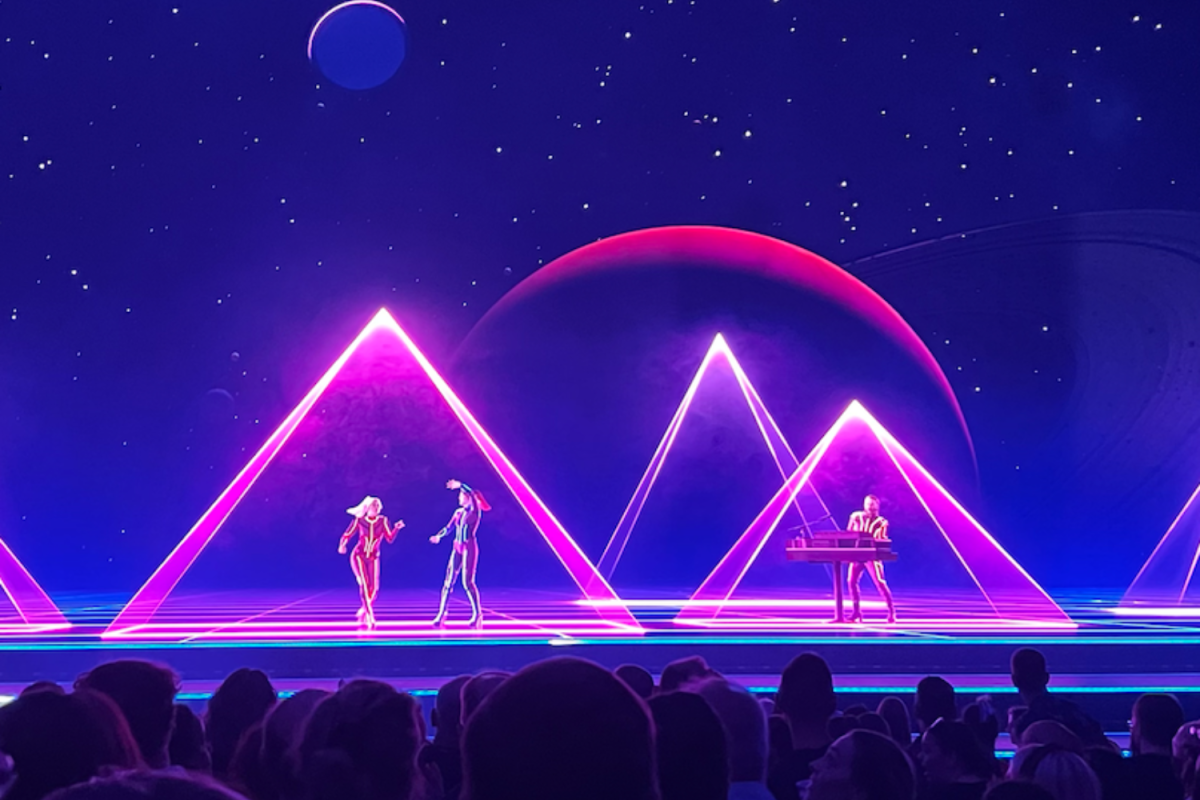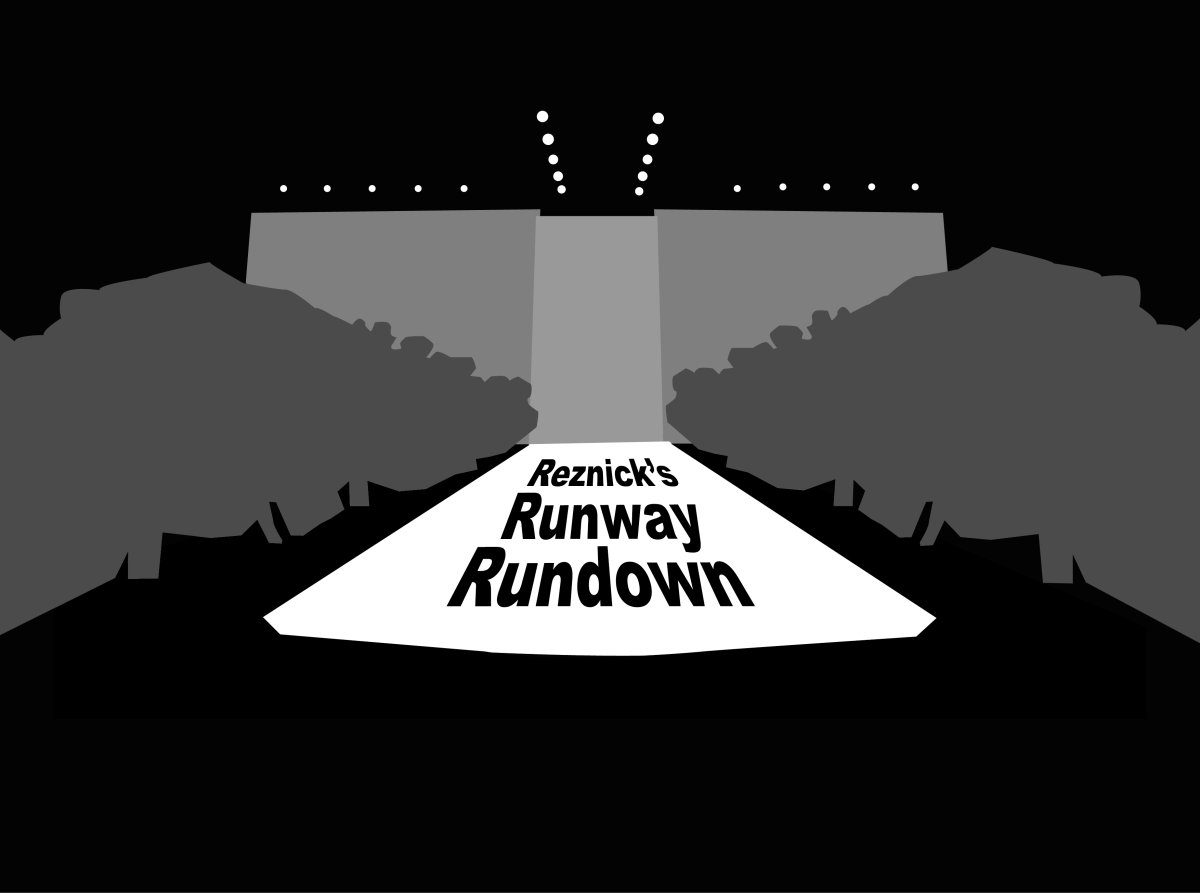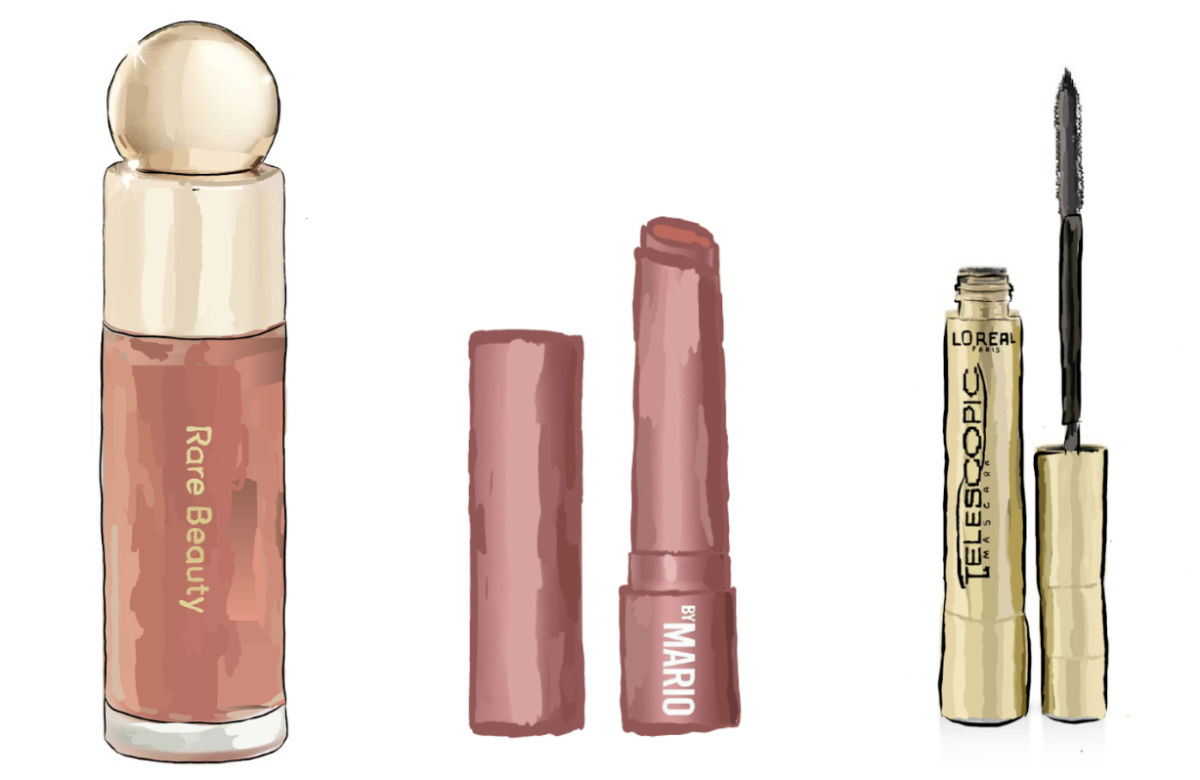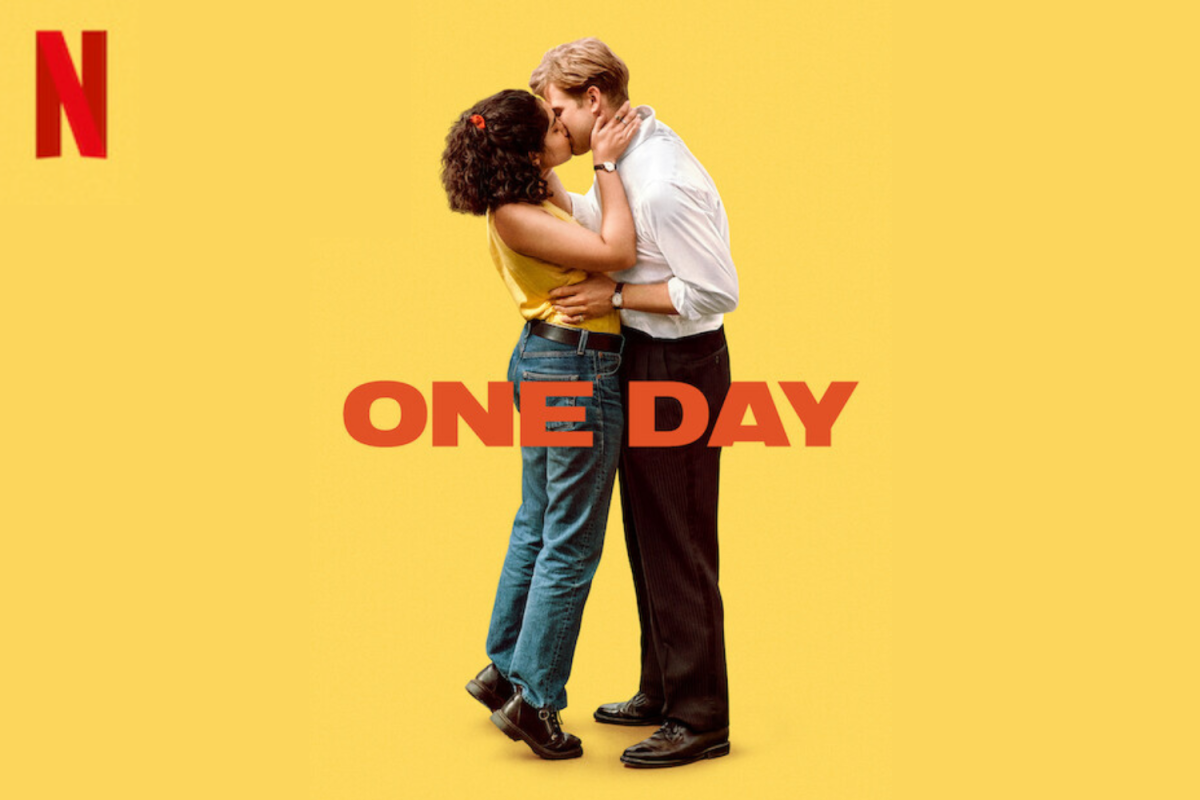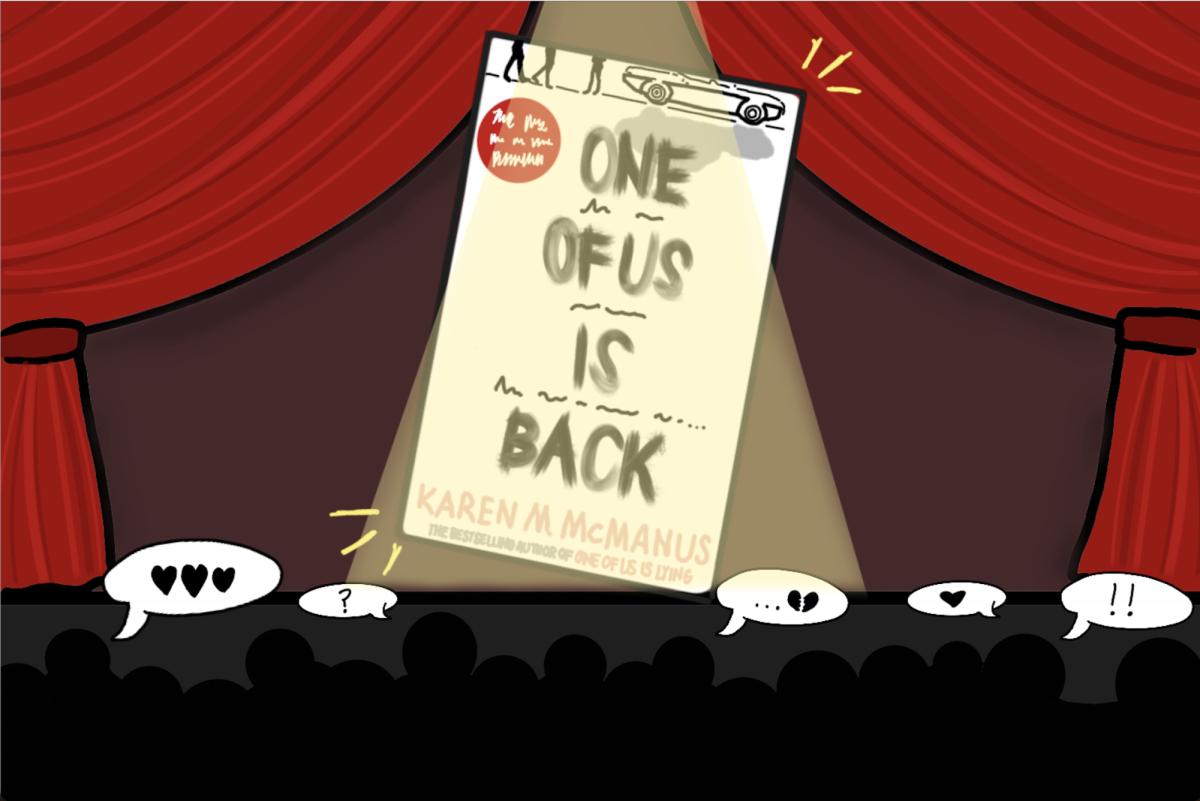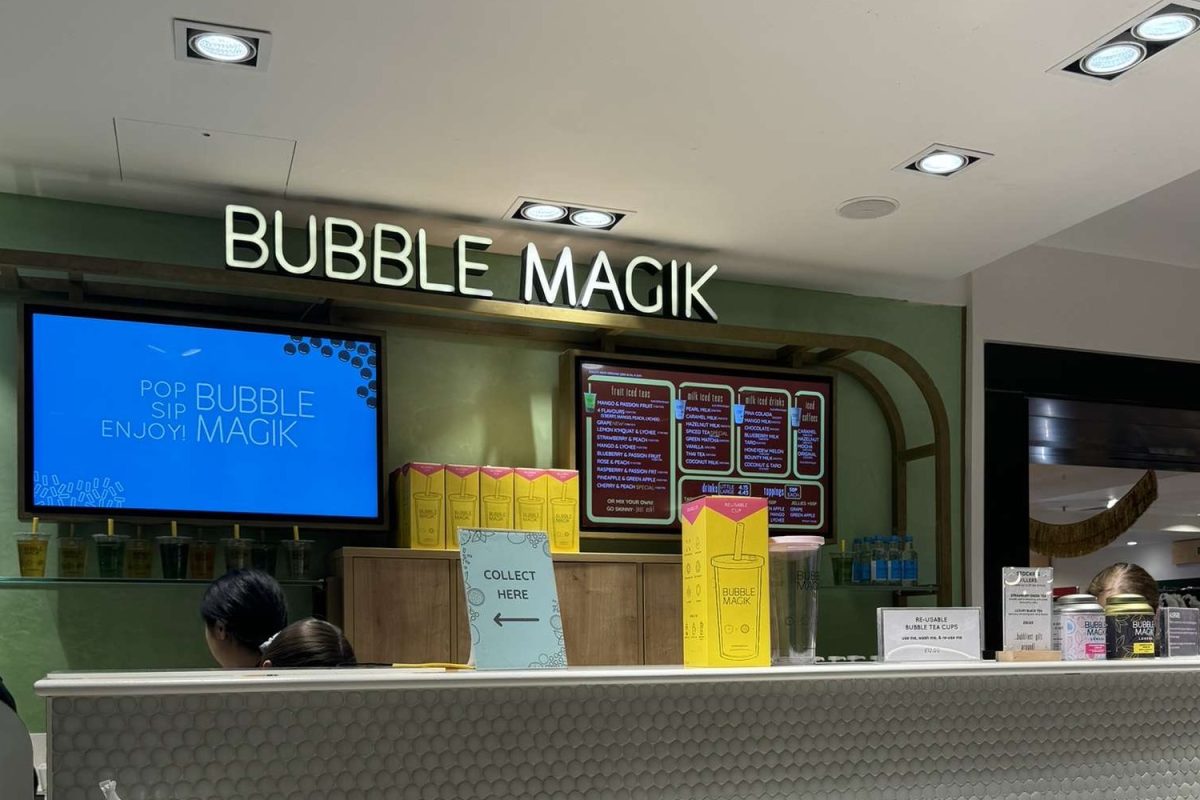ASSISTANT FEATURES EDITOR GABRIEL RUIMY meets with Martin Barnes, the chief curator of photographs for the V&A Museum, for a private, behind-the-scenes tour.
The Victoria and Albert Museum is the world’s largest museum of decorative arts and design, with a collection of over 4.5 million objects. Located in Cromwell Gardens, South Kensington, the museum houses a permanent gallery that ranges from architecture to theatre – and nearly everything in between. Outside of Italy, it holds the largest collection of Renaissance sculpture. Its collection includes works from the last five millennia from the world over. Founded in 1852, the museum still upholds a reputation as one of the most important museums in Britain and Europe. But beyond the grand galleries, how is it that such a large cultural institution is run? What happens behind the curtains that allows for the Victoria and Albert Museum to function on such a scale?
The entrance gives onto a high-ceiling space, giving grandeur to Chihuly’s Rotunda Chandelier. To the left spreads the Light From the Middle East: New Photography, and to the right the famous Renaissance statue collection. Martin Barnes, Chief Curator of Photographs, soon arrives at the front desk for us to begin the tour. Barnes has been working at the museum for twenty years, gradually ascending in influence, and his passion for the institution is evident in his invigorated voice and comprehensive knowledge.
Barnes first guides me to the central garden, a closed-in courtyard surrounded by mid-19th century architecture walls. He explains that the museum spreads out far to the left, where we see Buddhist figurines through the huge windows. The museum encompasses seven miles of gallery, which doesn’t include the majority of items in storage. Most of the art was transferred from the Crystal Palace in the 1850s.
We walk back into the museum and proceed to the Ancient and Medieval Europe room, that we look into from an elevated walkway. Up above we can see the cloudy London sky through the windows. And to our right are huge features of history, such as Trajan’s Column. In my immediate shock, I ask if they are real. To which he chuckles and answers that they are plaster casts, which museums around the world make based on originals. Such huge constructs are usually switched around between cooperating museums and their main use is to provide to local art students. Museums have been destroying them though, he continues, as they feel they are unauthentic and take away from the rest of the pieces.
On the other side of the walkway are similar imitations of pieces of architecture and statues, including Michelangelo’s David, surrounded by scaffolding. Barnes explains the room is under construction as the paint has been peeling and there is a leaking in the roof. It’s a huge visitor favourite to see art illuminated by daylight, but when it is not properly maintained it can severely damage the works.
We then go to the photograph gallery. Organized chronologically, there are about 100 pictures being displayed. Barnes explains that is only a fraction of what the museum has. Photographs usually take precedence over others when they have been recently acquired, otherwise they follow a simple rotation. Up above us are the same type of windows from the plasters room, but these ones seem boarded up. Barnes tells me that at its inception, the room was supposed to house oil paints which light wouldn’t affect. But for watercolors, photographs, and other prints, sunlight can severely damage the works over time.
Barnes shows me into the restricted space, where the staff works. Through the windows we can see the construction site of the piazza the museum is envisaging. Burrowing machines are also present on the site. The V&A is working on making a new underground space for temporary exhibitions.
We walk through corridors and into elevators, the place is currently vacant as the weekend is off for most of the ‘behind-the-scenes’ staff. Soon I am asked to sign in a room where Barnes and my discussion is reduced to a whisper. It is a research lab, in which students are allowed to come and work by appointment. Many works, ranging from photographs to drawings from the V&A library, is made available. We leaf through a varied selection of photograph, stumbling upon some McCullin pieces.
Our last stop is at the textiles restoring facility. Textiles are a prominent feature of the museum, and, being so fragile, are rotated quickly so as to restore. We look through the window and see a few of the David Bowie costumes that will soon be on display, including the iconic Union Jack coat.
We re-emerge into a room filled with Buddhist statues and pottery. I thank Barnes and he returns to his office as I make my way back to the glass-blown, multi-colored chandelier.
gabriel_ruimy@asl.org

